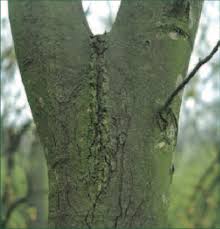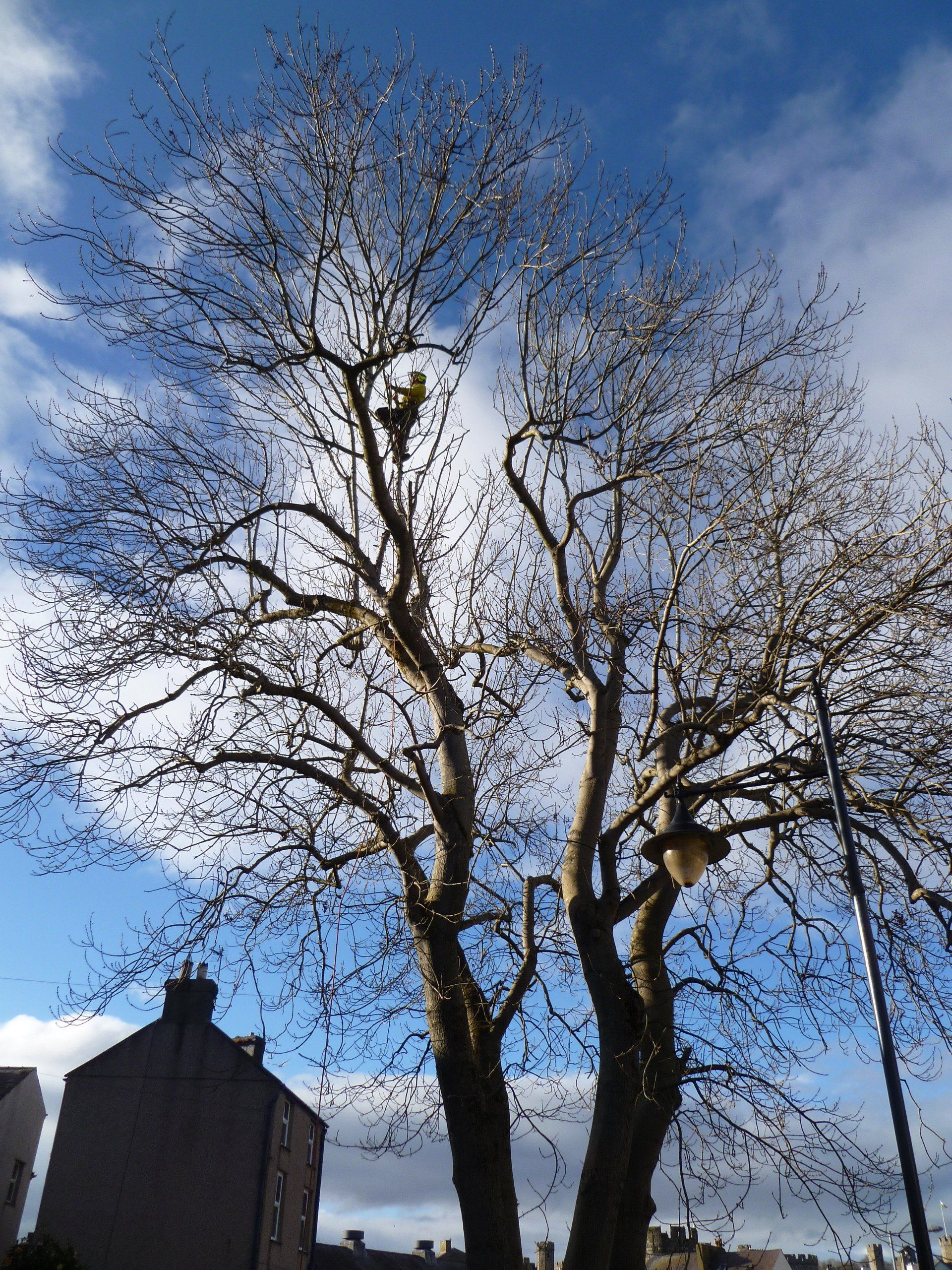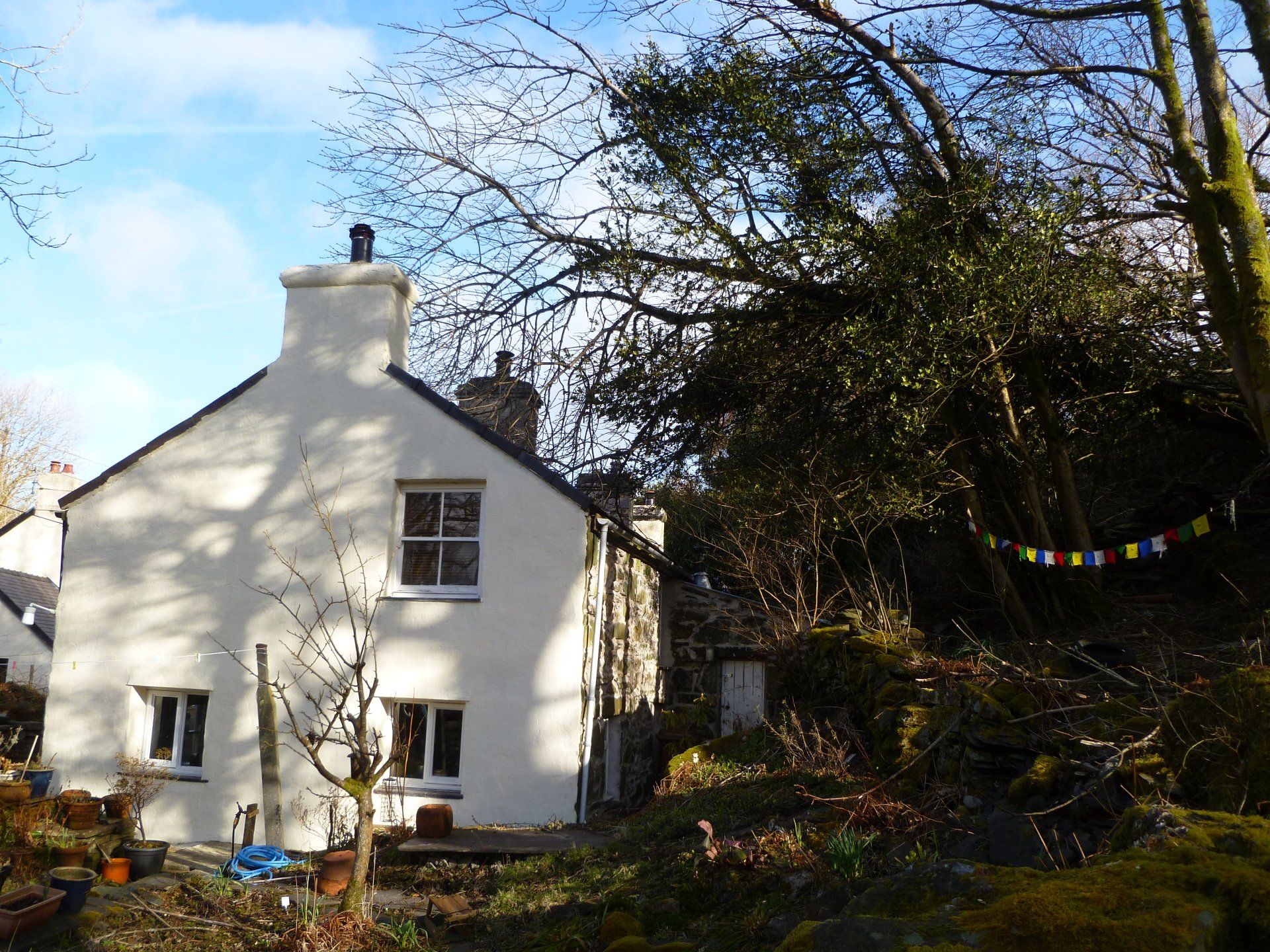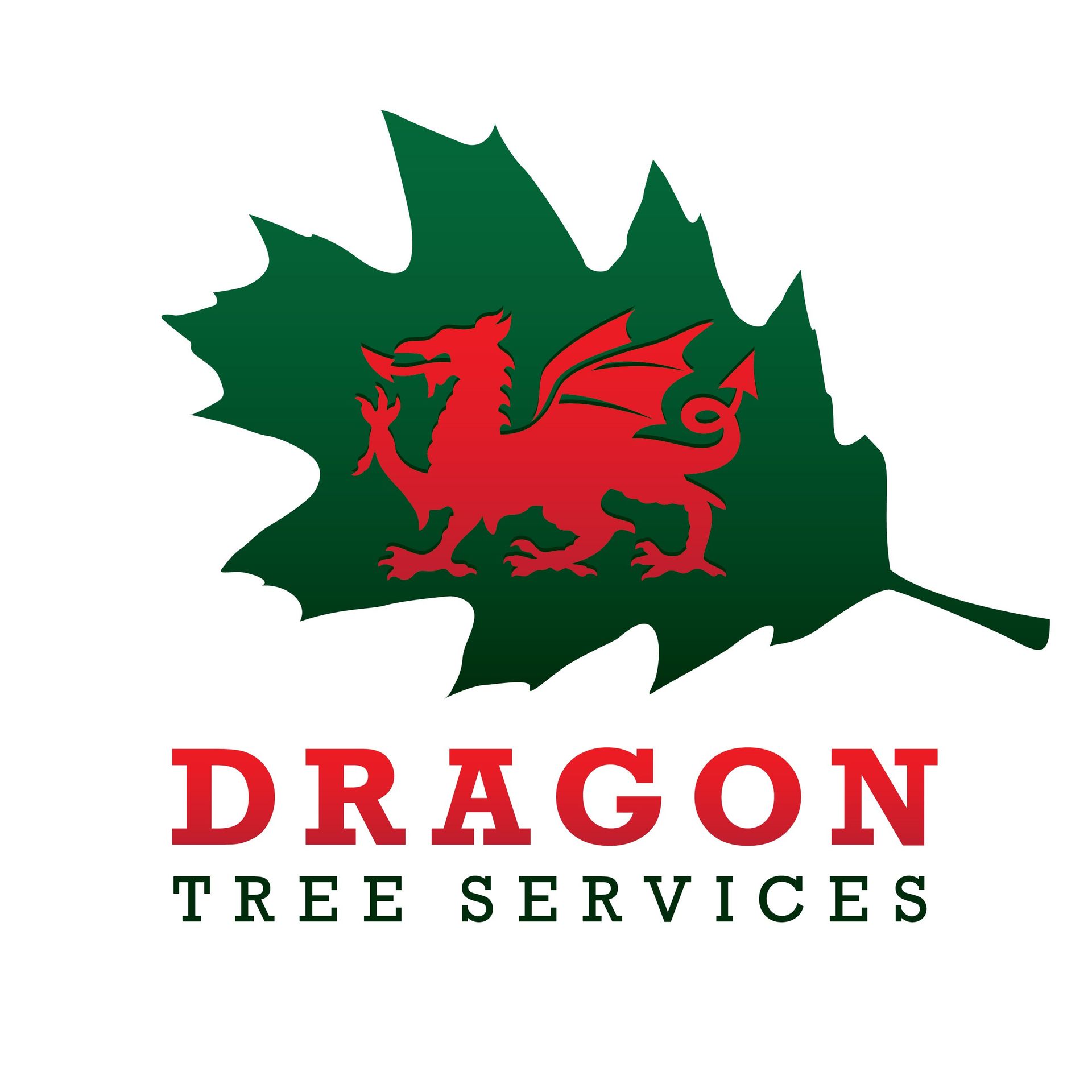Ash Dieback
What is Ash Dieback?
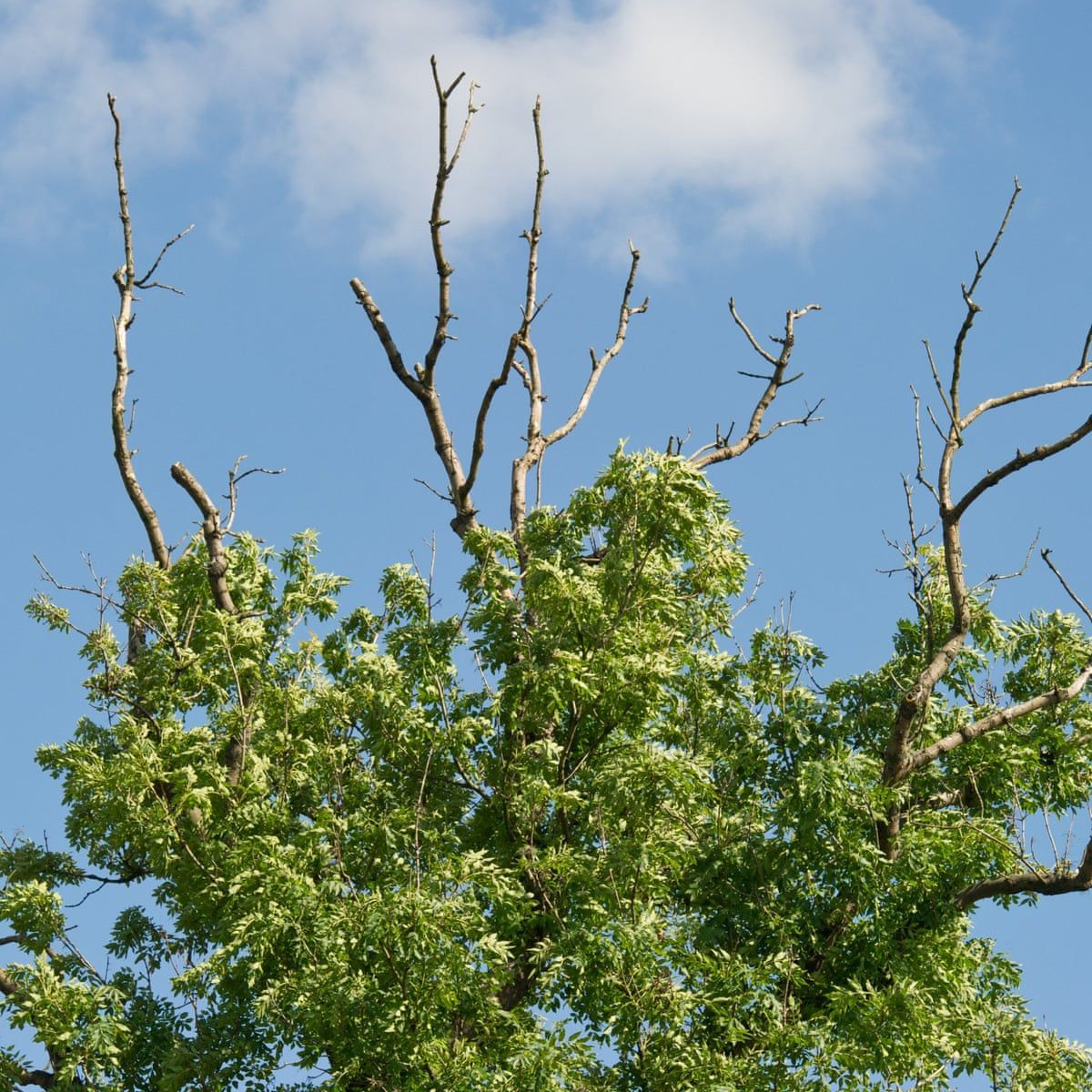
The Facts:
– What is Ash Dieback? It is a tree disease.
– What causes it? A fungus called Hymenoscyphus fraxineus .
– Also known as? Ash dieback, Chalara, Chalara Ash dieback.
– What trees does it affect? The Common Ash Fraxinus excelsior young and old.
– Areas affected so far? The whole of the UK.
– Prognosis? The disease is now endemic.
– Origin? Asia, arrived in the UK via Europe.
The latest information shows that Ash Dieback has now taken hold across much of the UK, including here in North Wales. The disease is likely to have a major impact on our countryside, much of which is patterned by a rich network of hedges, hedgerow trees, small copses and woodland. If the Ash trees go, and evidence suggests we will lose over 90% of them, then the character of our landscapes is likely to change dramatically, with loss of trees, hedgerows and the wildlife they support.
A highly infectious fungal disease known as ‘Ash dieback’ is threatening to wipe out our native Ash ( Fraxinus excelsior ), as well as most other non-native members of the Ash family. Ash trees are valuable features of our landscape and are present in our native woodlands and hedgerows. Ash is one of our three main hedgerow trees, along with Oak and Beech, and makes up about one sixth (16%) of their shrubby growth.
The airbourne spread of the disease has continued, and its impacts on Ash trees in our towns and countryside are now becoming noticeable.
What you can do:
- Manage risks. Check Ash trees on land under your control for signs of the disease (see 'Symptoms' below). Don’t wait until the disease makes a mature tree unsafe. If you are a landowner, you are responsible for managing the health and safety risks from trees on your land. Monitor trees near highways and rights of way or areas with high levels of public access for signs of the disease. You can contact us here at Dragon Tree Services for advice and we can come and have a look at any trees you are concerned about to provide advice and a free, no obligation quote for any work that may be required.
There are several key signs to look out for. All of these symptoms can also be caused by other problems, so final diagnosis should be made by an expert. Summer is a good time to look for symptoms as in autumn and winter, Ash trees will naturally be shedding their leaves making it difficult to identify Ash dieback.
Symptoms:
- Dark lesions – often long, thin and diamond-shaped – appear on the trunk at the base of dead side shoots.
- The tips of shoots become black and shrivelled.
- Blackened, dead leaves – may look a bit like frost damage.
- The veins and stalks of leaves, normally pale in colour, turn brown.
- Saplings have dead tops and side shoots.
- In mature trees, dieback of twigs and branches in the crown, often with bushy growth further down the branches where new shoots have been produced.
- In late summer and early autumn (July to October), small white fruiting bodies can be found on blackened leaf stalks.
Causes:
- The disease is spread by spores from the fruiting bodies of the fungus produced on fallen ash leaves. These airborne spores can disperse naturally via wind over tens of kilometres.
- Prior to the ban in October 2012 on the movement of Ash trees, spread over longer distances was likely to have been via the movement of infected Ash plants.
- We don’t know what the full impact of Ash dieback will be. Evidence suggests young trees are killed quickly while many mature Ash trees can resist infection for some time until eventually dying or becoming weakened and succumbing to attack from another pest or pathogen.
- Scientists have developed techniques to identify individual trees that are less susceptible to Ash dieback disease, this technique combined with resistance breeding trials, can be used to grow trees that are more likely to survive the disease. We'll have to wait and hope these trials are successful.






